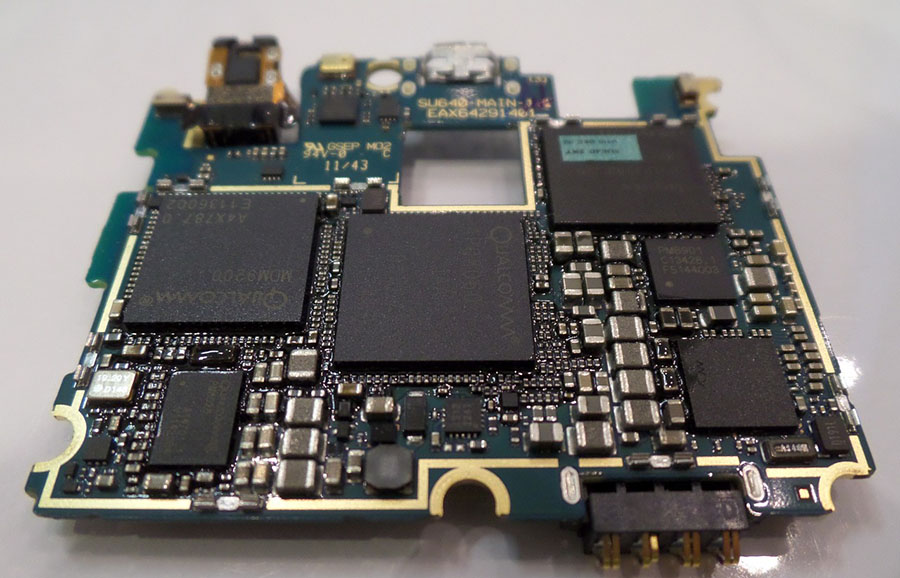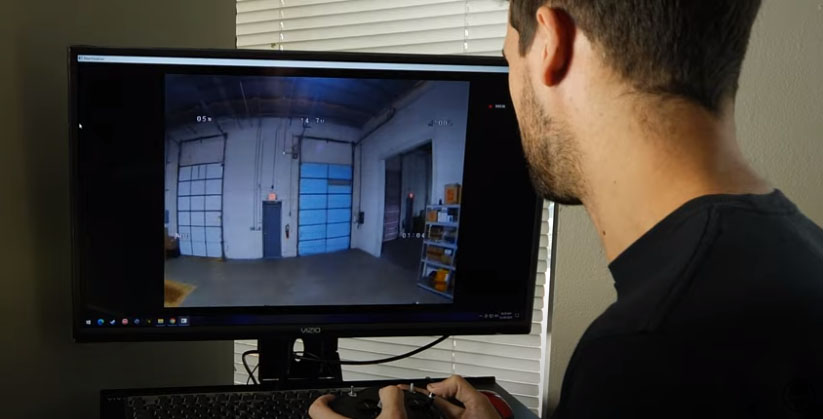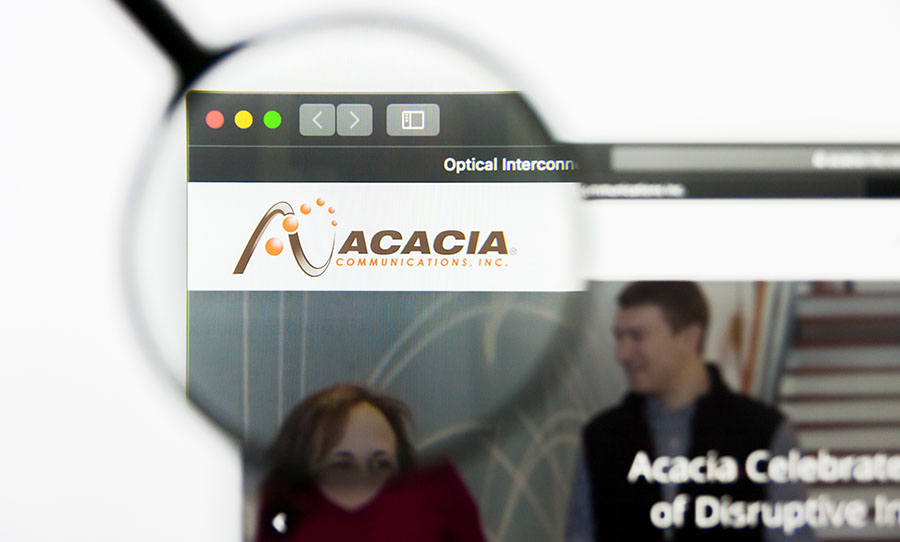This last week Atomera Inc. (ATOM:NASDAQ) announced the signing of its first license agreement, an event that has been long anticipated by the market. At Tailwinds, we had been concerned that this event wasn't going to happen in 2019. Our recent work had reinforced this fear, which also brought up the specter of whether or not another financing was going to be needed prior to seeing revenues start to take off.
Yet, here was the first license agreement signed while still in Q3. Was this the seminal moment for Atomera that would launch it to huge success as it is integrated in an ever-increasing number of chip designs? Or, was it something different all together?
At first blush, it seemed safe to assume that we had just seen the beginning of the big ramp. However, upon deeper digging and, after a call with the company, we have realized that, like most things in life, there are many layers to the proverbial onion. It now appears that the news, as fairly accurately depicted by the only moderate gain in the stock, was more of an incremental positive than the big splash we had been expecting.
An "Integration License"Ö
Taking a step back, ATOM's model was one of taking chip samples and embedding them with its MST technology. This allowed semiconductor fabs to test the efficacy of the MST technology. By all accounts, MST creates faster, low power consumption chips that have the potential to create up to a 20% increase in speed or power savings (or a combination thereof).
That's the good news. The bad news is that semi-fabs are running full tilt and getting access to fabs to test MST was proving difficult. The iterative process of testing chips could take months per cycle, with the result being a significant time delay in getting to the point where a fab was ready to license MST and go into production. These delays meant that it takes a long time for a fab to get enough data to be ready to license. The time also was costly for ATOM, which has ongoing SG&A expenses while it waits for a license to be signed.
Earlier this year, in an effort to accelerate the process, and reduce its own expenses, Atomera allowed a fab to put the technology in its facility for a more rapid testing cycle. This appeared to be working quite well and other companies started looking to mimic this process.
But, it still wasn't ideal for Atomera. Unfortunately, ATOM is the tail being wagged by the big semiconductor dogs in this industry. It has a great product, but customers move on their own time frame and have many different initiatives going on at once. How to change this paradigm???
The license signed this week represents a change in the business model for Atomera. Instead of working with a client through the whole testing phase, with only limited cash coming to it from engineering services, ATOM has altered its approach.
The new model is one of three separate licenses, one for each stage of the process. Now, if a client is serious about moving forward with Atomera, it needs to sign the "integration license" that AKM signed last week. Then, as it moves through the testing and launching of a product containing an MST design, clients will sign a "manufacturing license" and then finally a "distribution license."
What does this mean for ATOM?
Overall, the change in strategy and the announcement of AKM as a client is a net positive. While it's not the full license we had been hoping for, what we're seeing is, for the first time, a customer taking a demonstrable step forward.
According to the company, an integration license contains two very significant items. The first is that the rough commercial terms of the relationship are worked out prior to signing the integration license. This means that, as the customer progresses through the next two licensing phases, the terms have already been discussed. And, as previously disclosed by ATOM, those terms are likely to include a single digit royalty along with an upfront fee in the low seven figures.
Secondly, and most excitingly, the integration license contains a piece of the upfront fee. This means that AKM has written a check to Atomera. That is a game-changing fact for ATOM, which is now shifting from an R&D firm to a licensing firm.
Investors should also be heartened by the new strategy. Atomera will be working actively to sign more licensees. From our perspective, we should have a decent string of press releases over the next few months as the company signs integration licenses with customers. Shareholders will be able to gauge for themselves the progress of Atomera as it happens.
Also, with customers writing checks, we can expect to see them pursue the use of MST more aggressively. No one spends money without making a commitment to integration.
The bottom line is that the full license and seeing royalties is still a ways off, as we had thought. However, the path to achieving this is now going to be littered with signed integration and manufacturing agreements. And Atomera will be taking in partial upfront fees along this path, which pushes back any needed financing.
We have believed that Atomera will change the semiconductor industry and has the potential to be a major cash cow over time. This last week's announcement is an incremental positive in that direction and increases our comfort that the future is indeed inevitable.
Daniel Carlson is the founder and managing member of Tailwinds Research Group and its parent company DFC Advisory Services, which is a licensed registered investment advisor (CRD # 297209). Tailwinds is a microcap focused research company that provides research on and consults to over 20 emerging growth companies in the technology and life sciences arenas. DFC Advisory Services is an RIA that manages money dedicated to investing in the companies covered by Tailwinds. For more information on these two companies and their track record, please see www.tailwindsresearch.com. Prior to founding these two entities, Dan spent many years working with small public companies, having been CFO of two public companies and helping finance many others. A 1989 graduate from Tufts University with a degree in Economics, Danís formative years in business were spent as an equity trader, first on the Pacific Coast Stock Exchange then on the buyside at several multi-billion dollar firms.
This article was submitted by Tailwinds Research. For more information on Tailwinds Research or on Atomera, please visit www.tailwindsresearch.com.
Tailwinds owns stock in Atomera. For a complete list of disclosures, please click here.
[NLINSERT] †Disclosure:
1) Daniel Carlson: I, or members of my immediate household or family, own shares of the following companies mentioned in this article: Atomera. I personally am, or members of my immediate household or family are, paid by the following companies mentioned in this article: None. My company has a financial relationship with the following companies referred to in this article: None. Additional disclosures and disclaimers are above. I determined which companies would be included in this article based on my research and understanding of the sector.
2) The following companies mentioned in this article are billboard sponsors of Streetwise Reports: None. Click here for important disclosures about sponsor fees. The information provided above is for informational purposes only and is not a recommendation to buy or sell any security.
3) Statements and opinions expressed are the opinions of the author and not of Streetwise Reports or its officers. The author is wholly responsible for the validity of the statements. The author was not paid by Streetwise Reports for this article. Streetwise Reports was not paid by the author to publish or syndicate this article. Streetwise Reports requires contributing authors to disclose any shareholdings in, or economic relationships with, companies that they write about. Streetwise Reports relies upon the authors to accurately provide this information and Streetwise Reports has no means of verifying its accuracy.
4) This article does not constitute investment advice. Each reader is encouraged to consult with his or her individual financial professional and any action a reader takes as a result of information presented here is his or her own responsibility. By opening this page, each reader accepts and agrees to Streetwise Reports' terms of use and full legal disclaimer. This article is not a solicitation for investment. Streetwise Reports does not render general or specific investment advice and the information on Streetwise Reports should not be considered a recommendation to buy or sell any security. Streetwise Reports does not endorse or recommend the business, products, services or securities of any company mentioned on Streetwise Reports.
5) From time to time, Streetwise Reports LLC and its directors, officers, employees or members of their families, as well as persons interviewed for articles and interviews on the site, may have a long or short position in securities mentioned. Directors, officers, employees or members of their immediate families are prohibited from making purchases and/or sales of those securities in the open market or otherwise from the time of the interview or the decision to write an article, until one week after the publication of the interview or article.




























































